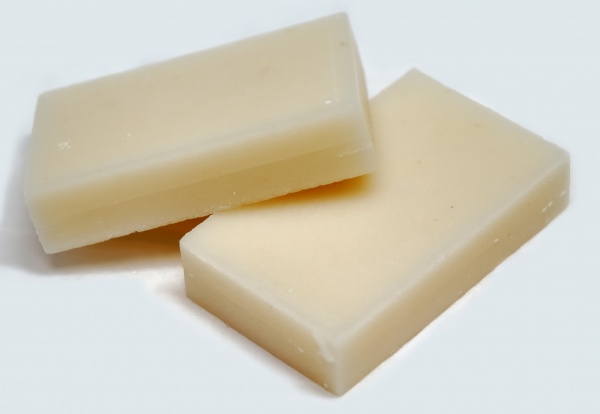Facts About Mochi
Mochi is a delightful Japanese rice cake made from mochigome, a type of short-grain japonica glutinous rice. The process involves combining the rice with water, sugar, and cornstarch, then pounding it into a paste and shaping it. Often, this is done in a traditional ceremony called mochitsuki. Mochi holds a special place in Japanese culture, especially during the New Year, but it is enjoyed throughout the year as well.
What makes mochi unique is its composition. It's made up of polysaccharides, lipids, protein, and water, resulting in a gel-like consistency due to its high amylopectin content and low amylose starch.
The history of mochi dates back to ancient China. The mochitsuki ceremony likely began after rice cultivation was introduced to Japan during the Yayoi period. Initially, mochi was a delicacy for the nobility and later became a symbol of good fortune, often used in religious rituals. Traditionally, making mochi involved pounding steamed glutinous rice—a labor-intensive process. Nowadays, modern methods using sweet rice flour and specialized equipment have made production much easier.
Mochi is enjoyed in various forms throughout the year. For example, Kagami mochi is a New Year’s favorite, while sakuramochi is popular in the spring. It also features in traditional desserts and snacks like daifuku, zōni, and kashiwa-mochi. The chewy texture of mochi is due to its viscoelastic properties, and variations can be found in other Asian countries such as Taiwan, China, the Philippines, Korea, Indonesia, and Malaysia.
However, it is important to note that mochi can pose health risks. There have been reports of suffocation-related deaths, particularly among the elderly, due to its sticky and chewy texture. Nutritionally, mochi is similar to rice—gluten- and cholesterol-free.
Mochi is a versatile ingredient used in many Japanese confections, ice cream, and soups. Variations like dango, warabimochi, and manjū are also popular. The unique texture and taste of mochi come from the chemistry and structural composition of glutinous rice.
To keep mochi fresh, you can refrigerate or freeze it, with freezing being the best option for long-term storage. Mochi has found its way into various cuisines and desserts worldwide, with each region adding its own special twist to this traditional Japanese rice cake.
